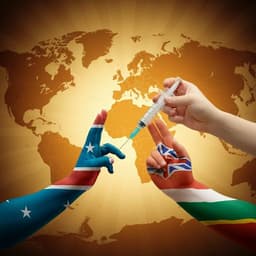
Social Work
Investigating neighborhood adaptability using mobility networks: a case study of the COVID-19 pandemic
H. A. Boz, M. Bahrami, et al.
This research delves into the adaptability of neighborhoods to COVID-19 shelter-in-place policies, revealing that socioeconomic and geographic characteristics are crucial predictors. Conducted by an esteemed team of researchers, the study highlights the importance of access to essential amenities along with race, education, and income.
Playback language: English
Related Publications
Explore these studies to deepen your understanding of the subject.







